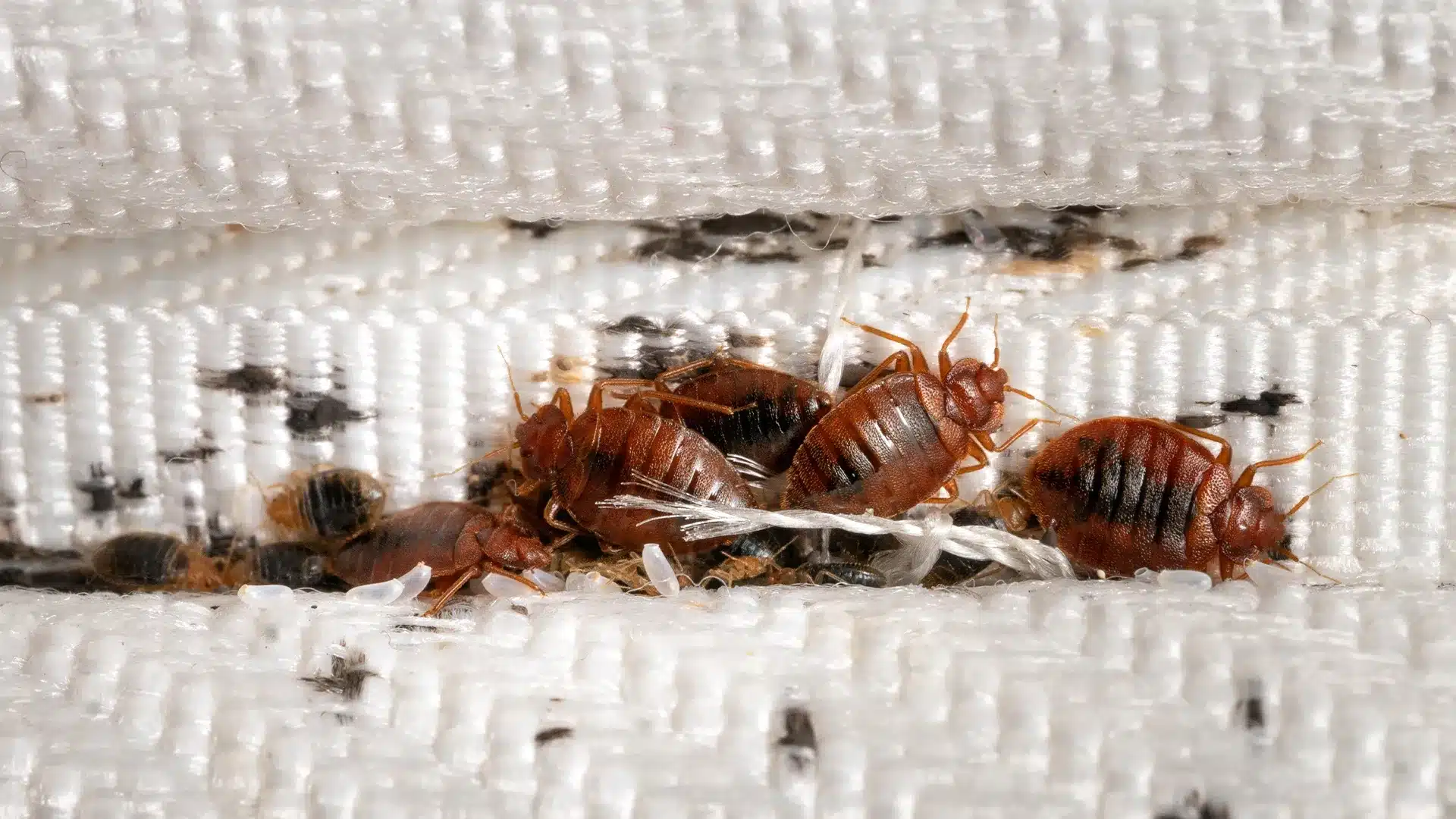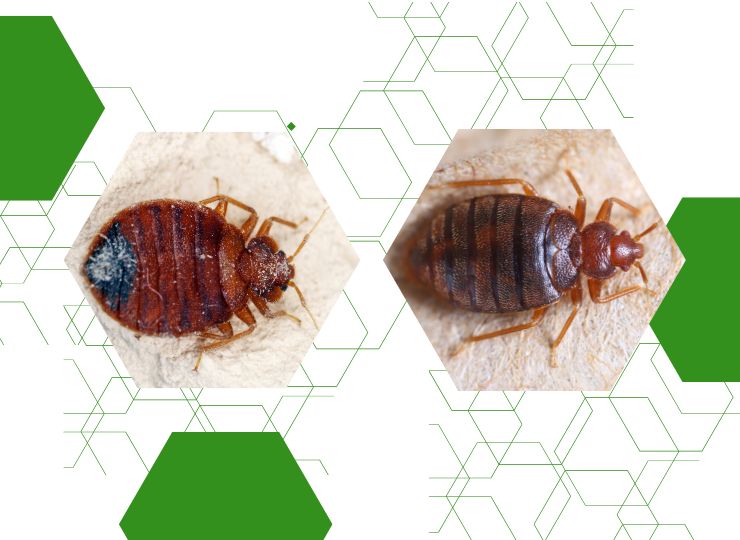Get Educated Regarding the Types of Parasite Control Approaches and Their Benefits for Homeowners
Recognizing the different bug control techniques offered to property owners is important for effective parasite monitoring. From chemical and biological techniques to mechanical and cultural practices, each method offers special advantages that can considerably affect both wellness and ecological safety and security. Homeowners who are knowledgeable can make critical choices that not only address insect issues but additionally boost the overall top quality of their living setting. As we check out these approaches further, it ends up being clear that the decision-making procedure entails greater than simply instant results; it discuss lasting sustainability and health. What factors should affect these vital choices?
Chemical Parasite Control Techniques
Chemical parasite control techniques are a crucial part of incorporated insect management techniques for property owners looking for effective remedies to pest problems. These methods involve the application of chemical substances created to eliminate or hinder bugs that endanger personal residential or commercial property, health, and comfort. Usual chemicals made use of include insecticides, rodenticides, herbicides, and fungicides, each customized to target particular bugs.
The key benefit of chemical insect control is its fast efficiency; lots of solutions give instant outcomes, decreasing pest populaces considerably quickly. Additionally, advancements in chemical formulas have actually caused products that are more eco-friendly and have lower poisoning degrees for non-target microorganisms when used correctly.

Organic Bug Control Strategies
Natural pest control approaches have acquired importance as home owners seek safer and much more sustainable alternatives to typical chemical strategies. Organic pest control methods make use of natural killers, bloodsuckers, or virus to manage pest populations effectively. This technique is not only environmentally pleasant yet likewise decreases the danger of injury to non-target types, including beneficial bugs and wildlife.
Among one of the most usual biological control methods involves introducing all-natural predators right into the environment. Ladybugs can be made use of to control aphid populaces, while nematodes target soil-dwelling parasites like grubs. In addition, parasitoids-- organisms that live on or within a host-- can be utilized to manage specific parasite varieties by laying eggs inside them, inevitably leading to their death.
Another method is making use of biopesticides, which are originated from all-natural materials such as bacteria, plants, or minerals (bed bug exterminator). These items can effectively target pests while positioning marginal risk to pet dogs and humans. Overall, biological insect control strategies provide homeowners with a reliable methods of bug management that lines up with eco-friendly principles, promoting a healthier living setting while reducing reliance on artificial chemicals
Mechanical Insect Control Techniques
Mechanical pest control approaches incorporate a range of methods that physically avoid or remove pests without the use of chemicals. These methods are particularly beneficial for homeowners seeking eco-friendly alternatives while ensuring the safety of their home.
One typical approach is using obstacles, such as displays, traps, and webs, which protect against insects from getting in homes or certain areas. Mounting window displays can successfully keep pests out, while using physical obstacles around yards can hinder larger insects like bunnies or deer. Furthermore, mechanical traps designed for rats can record and get rid of these pests without the need for harmful substances.
An additional effective approach entails the usage of vacuum cleaners and brooms to eliminate parasites directly from surface areas. Regular cleansing and maintenance can considerably lower insect populaces by removing food sources and hiding areas. Moreover, utilizing gadgets like ultrasonic insect repellents can discourage various pests through sound waves that are undesirable to them however inaudible to humans.
Cultural Parasite Control Practices
Social pest control practices concentrate on customizing the atmosphere and management methods to develop conditions that are much less helpful to pest invasions. These techniques are basic in preserving a well balanced community and lowering the dependence on chemical treatments. By altering agricultural methods, home owners can effectively hinder bugs while advertising plant wellness.
One common method includes plant rotation, which disrupts the life cycles of insects by changing the types of plants expanded in a particular area (bed bug exterminator). This not only lessens pest populations yet additionally boosts soil health and wellness. In addition, intercropping-- growing varied plants in distance-- can perplex insects and lower their ability to locate their recommended host plants
Water monitoring is an additional critical element of cultural methods. Correct watering methods can protect against standing water, which functions as a breeding place for mosquitoes and various other parasites. Additionally, maintaining tidiness around the home, such as routinely eliminating particles and food waste, can substantially lower parasite attraction.
Integrating these social practices into a thorough insect monitoring strategy permits home owners to develop an atmosphere that normally deters parasites, consequently boosting the effectiveness of other control methods while promoting lasting horticulture and landscape design.

Integrated Pest Management Approaches
Integrated Pest Monitoring (IPM) stands for an alternative approach that incorporates different methods to effectively handle pest populations while lessening ecological effect. This approach integrates biological, cultural, physical, and chemical methods to attain sustainable insect control. By analyzing pest populaces and their all-natural silverfish pest control adversaries, IPM highlights monitoring and determining insects prior to carrying out control actions.
One of the core concepts of IPM is using limits, which develop the degree of bug task that calls for intervention. This guarantees that treatments are used only when needed, minimizing the reliance on chemical pesticides. check this Biological control approaches, such as introducing natural predators or parasites, operate in conjunction with cultural methods like plant turning and habitat adjustment to disrupt pest life process.
Moreover, IPM motivates using least-toxic chemical options when treatment is needed, prioritizing items that pose minimal danger to non-target microorganisms and the environment. For property owners, adopting IPM approaches not just improves the efficiency of pest administration yet likewise advertises a much healthier living atmosphere, fostering biodiversity and reducing chemical exposure. Ultimately, IPM equips home owners to make enlightened choices that balance pest control with environmental responsibility.
Verdict
In verdict, recognizing the different bug control techniques empowers house owners to make educated decisions regarding pest administration. Each technique-- chemical, biological, mechanical, social, and incorporated parasite administration-- offers distinctive advantages that provide to various demands and choices.
Understanding the numerous pest control approaches available to property owners is necessary for effective bug management.Chemical pest control techniques are an important component of incorporated pest administration techniques for home owners seeking reliable remedies to pest infestations. Overall, biological Get More Info pest control techniques give homeowners with a reliable methods of bug management that aligns with ecological principles, promoting a healthier living setting while minimizing reliance on artificial chemicals.
Social insect control techniques focus on customizing the atmosphere and administration methods to produce conditions that are much less conducive to pest invasions.In conclusion, comprehending the various parasite control techniques equips property owners to make educated decisions pertaining to pest monitoring.